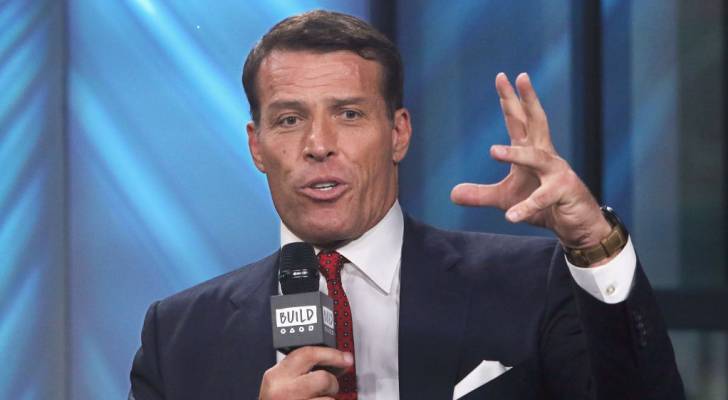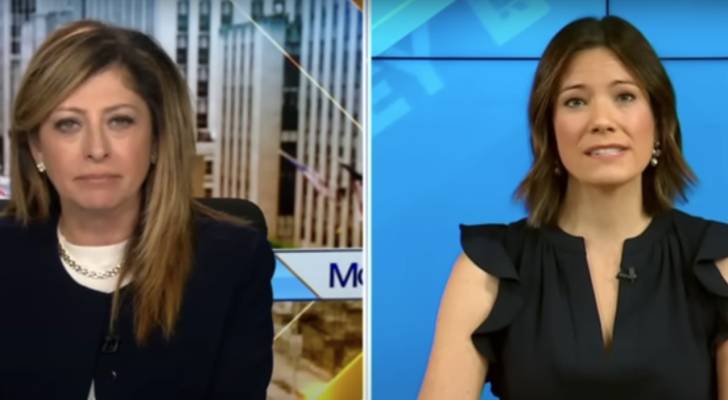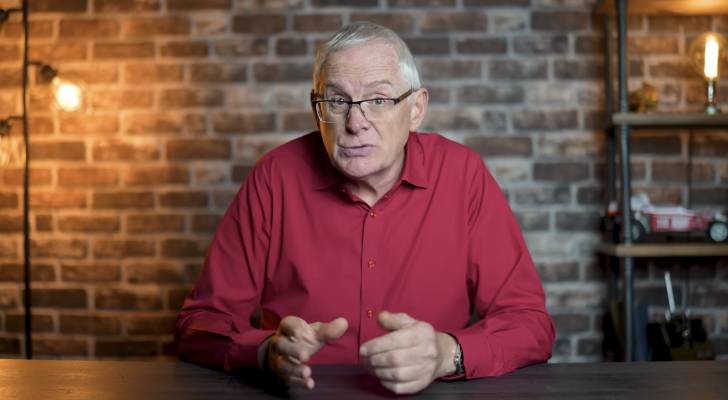Tony Robbins issues dire warning about retirement — calls on Americans to get ‘head out of the sand’ and says Social Security isn’t enough. Here’s the ‘ultimate power’ you need now


We adhere to strict standards of editorial integrity to help you make decisions with confidence. Some or all links contained within this article are paid links. America’s Social Security program is both popular and woefully underfunded. Experts have been warning that the social safety net millions of Americans rely on is on the verge of […]
The No. 1 rule for becoming a millionaire in America, according to Maria Bartiromo and this Ramsey Show host — will you ignore or follow it in 2025?


We adhere to strict standards of editorial integrity to help you make decisions with confidence. Some or all links contained within this article are paid links. Many Americans dream of becoming a millionaire, and most believe they’ll need to be one to retire comfortably. According to the 2024 Planning & Progress Study published by Northwestern […]
Mark Cuban said this will be the ‘No. 1 housing affordability issue’ for Americans — and predicts Florida will have ‘huge problems.’ How you can protect yourself in 2025


We adhere to strict standards of editorial integrity to help you make decisions with confidence. Some or all links contained within this article are paid links. There’s passionate debate about how to solve America’s ongoing housing crisis, much of which revolves around mortgage rates, zoning issues, immigration and construction. However, billionaire entrepreneur and investor Mark […]
Warren Buffett dumped 2 US-based investments he’s told millions of Americans to buy for years — should you get rid of them too?


We adhere to strict standards of editorial integrity to help you make decisions with confidence. Some or all links contained within this article are paid links. Warren Buffett is not only one of the savviest investors of our time, but also one of the wealthiest. The Oracle of Omaha, who announced on May 5 that […]
How much is the average Social Security check of a middle-class retiree?


We adhere to strict standards of editorial integrity to help you make decisions with confidence. Some or all links contained within this article are paid links. Social Security is an important piece of the retirement puzzle, particularly for middle-class retirees who count on the safety net to supplement their post-career income. But if you see […]
‘Trump is steering our economy toward disaster’: Experts warn of stagflation, trade wars and a gutted SSA. Here are a few money moves you can make right now to protect your retirement
We adhere to strict standards of editorial integrity to help you make decisions with confidence. Some or all links contained within this article are paid links. With talk of trade wars, fear of stagflation and slashes to Social Security staffing, you might be justifiably concerned about your retirement savings — especially if you’re one of […]
Can’t get rich in America with just your 9-to-5? Here are 5 simple steps to start building real wealth in 2025


We adhere to strict standards of editorial integrity to help you make decisions with confidence. Some or all links contained within this article are paid links. Many dream of financial freedom but feel trapped in their 9-to-5 grind. The good news? It’s possible to build wealth and secure your future — even on a modest […]
‘I learned the hard way’: Dave Bautista said his house was foreclosed on and he ‘lost everything’ after leaving WWE — but got the ‘best’ money advice from ‘The Undertaker’


We adhere to strict standards of editorial integrity to help you make decisions with confidence. Some or all links contained within this article are paid links. Dave Bautista is among the few professional wrestlers who successfully transitioned to a career in Hollywood. Millions of fans followed his journey from the ring to the silver screen, […]
Author Robert Kiyosaki says there’s ‘nothing wrong’ with buying a house – except he uses debt to buy it and ‘pay no taxes’ — here are other ways to invest in real estate


We adhere to strict standards of editorial integrity to help you make decisions with confidence. Some or all links contained within this article are paid links. With elevated home prices these days, buying a house can be a significant challenge. But for “Rich Dad Poor Dad" author Robert Kiyosaki, it’s a breeze. During an interview […]
Are you ready for your first year of retirement? Here are 5 things you might not see coming — but you definitely need to be ready for


We adhere to strict standards of editorial integrity to help you make decisions with confidence. Some or all links contained within this article are paid links. You prepare for retirement your whole life — maybe as far back as your teenage years and your first paycheck. You put cash aside. You invest. You live within […]